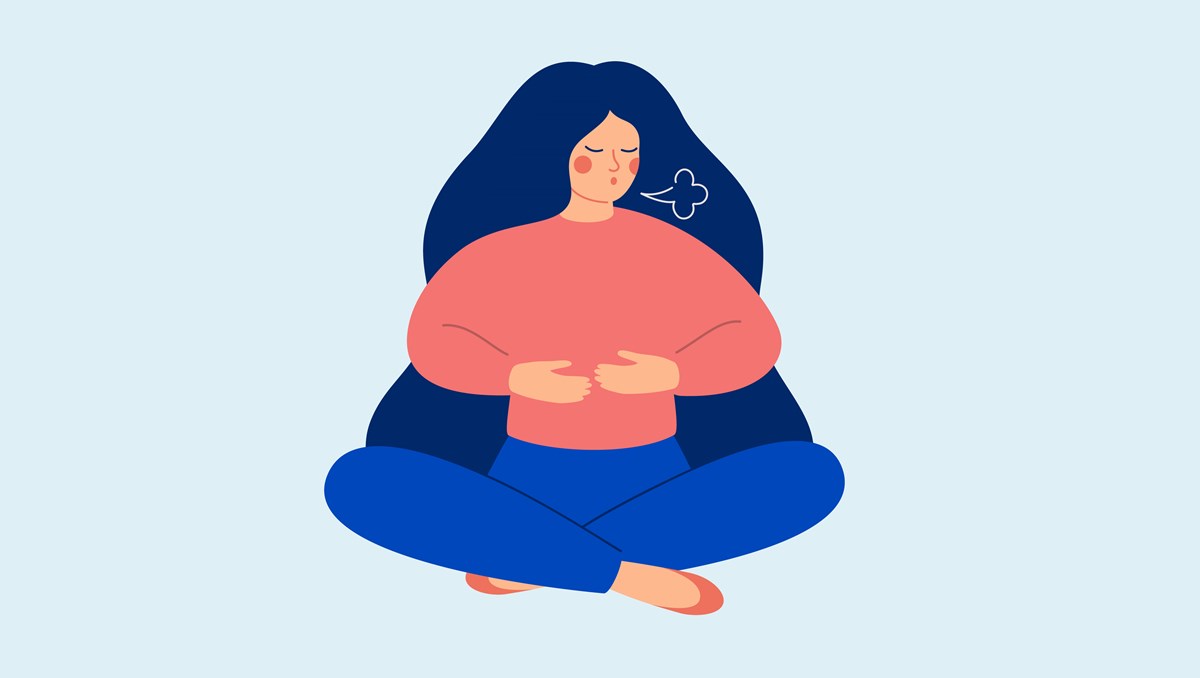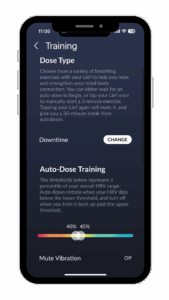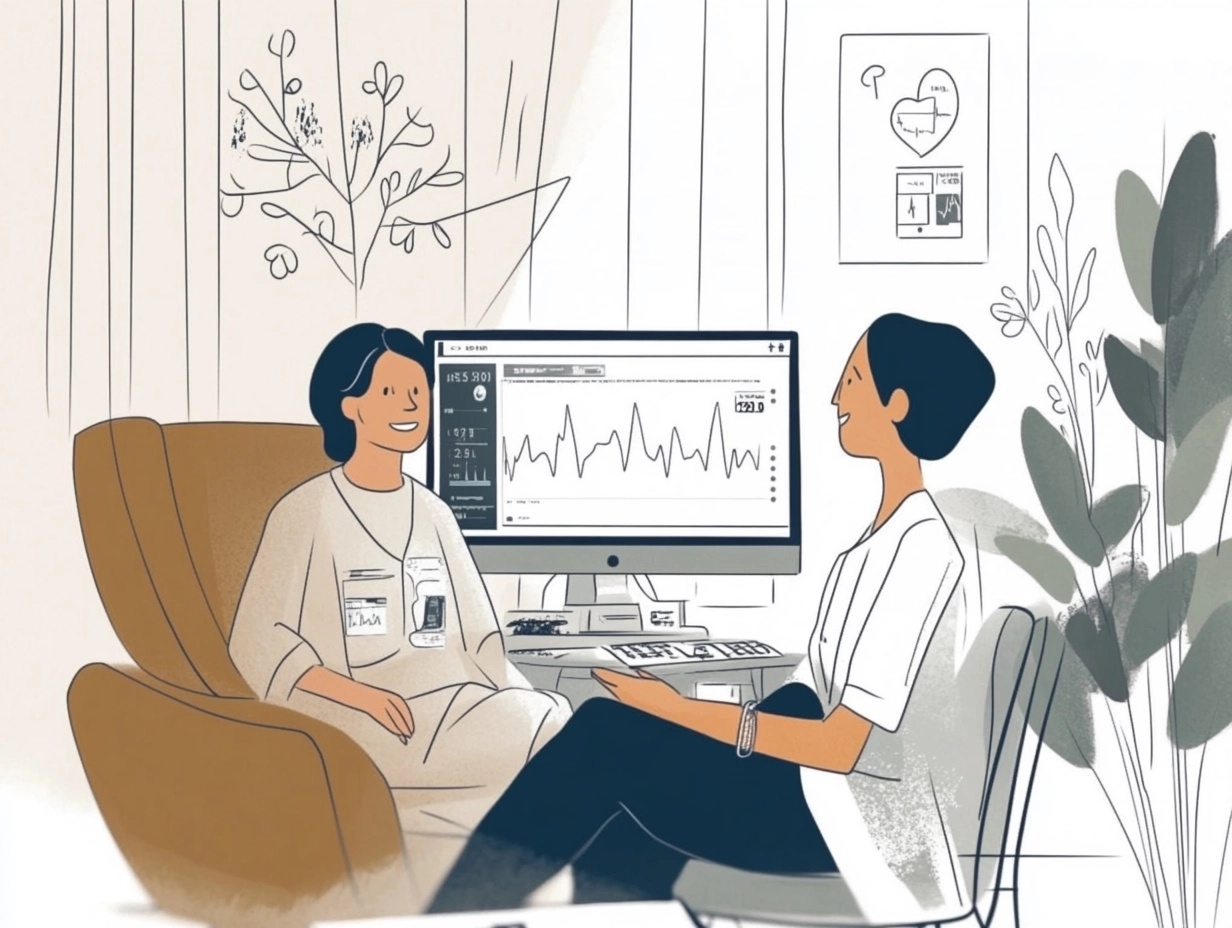Lief’s mission is to help you become more attuned to your body and support your nervous system in real time. A core feature that powers this mission is autodosing—an intelligent, automatic vibration prompt triggered when your heart rate variability (HRV) dips into a low range for an extended period.
This isn’t just about alerting you to your stress. Lief’s patented HRV biofeedback system helps you train your body out of stress by guiding you through a practice called Downtime breathing—a scientifically backed protocol for building stress resilience. Whether you’re new to Lief or refining your routine, understanding how to set your autodosing threshold can significantly improve your results.
What Is Autodosing?
Autodosing is Lief’s real-time stress response system. It continuously monitors your HRV throughout the day, and when your HRV dips below your personalized threshold Lief delivers a short vibration “dose” to guide you through Downtime breathing.
As you breathe with the vibration, your Lief monitors your HRV rising in real time and automatically ends the dose when you reach your recovery target. This makes HRV training effortless and in-the-moment—like a CGM (Continuous Glucose Monitor) for stress.
Why We Use HRV as the Trigger
HRV is a key biomarker of mental and physical health. Low HRV often reflects a fight-or-flight (sympathetic) state, while high HRV is associated with rest-and-digest (parasympathetic) activation. Lief helps you catch low HRV patterns early and train your body to rebound faster—leading to greater emotional flexibility, focus, and calm over time.
How Autodosing Thresholds Work
Everyone’s HRV range is unique. During your initial calibration, Lief uses your real-time data to determine your HRV percentiles—split into five zones from red (lowest) to blue (highest). You can then customize your Threshold Range to make autodosing more or less sensitive.

- Default setting: 5–10th percentile
- Start of dose: When HRV dips below the lower bound
- End of dose: When HRV rises above the upper bound or after 3 minutes
This means you can set your thresholds based on how much support you want and what you’re working on.
What Should I Set My Autodoses To?
We offer four recommended protocols based on your personal goals. These protocols are flexible—you can shift them based on what your body and schedule need that day.
🧠 Goal: Reduce Stress, Worry & Anxiety
Starting Threshold: 40–45%
- Catch stress early before it spirals
- Stay out of fight-or-flight
- Practice in moments of mild to moderate tension
- Aim: 1–3 hours of training with Autodoses per day with a goal of 10–30 minutes of Downtime through Autodoses total
Pairs well with:
- Emotion labeling
- Cognitive reframing
- Mindfulness or cognitive diffusion techniques
😊 Goal: Improve Mood and Well-being
Starting Threshold: 50–55%
- Higher sensitivity for more training
- Best for experienced breathwork users or “biohackers”
- Aim: 1–3 hours Autodose training on per day with with a goal of 10–30 minutes of Downtime through autodoses total
Pairs well with:
- Gratitude practice
- Behavioral activation
- Wellness rituals or performance prep
🤒 Goal: Assist Illness Recovery
Starting Threshold: 45–50%
- Build parasympathetic tone to support healing and recovery from chronic or acute illness
- Practice during a defined window (e.g., morning)
- Aim: 1–3 hours Autodose training per day with 10+ minutes of combined autodoses + self-initiated doses
Strategy:
- Start the day with a 3-minute manual dose
- Use autodosing for passive reinforcement throughout the day
🌙 Goal: Promote Better Sleep
Starting Threshold: 50–55%
- Support restful sleep by reducing stress levels before bed
- Aim: 1–2 hours of Autodose training in the evening with a goal of 10+ minutes of Downtime
Pairs well with:
- Sleep hygiene habits like limiting screen time, sleeping in a cool dark room.
- Regular sleep/wake routines
- Creating a bedtime wind-down ritual
How to Adjust Your Thresholds
You can update your threshold range anytime:
Go to More > Training > Auto-Dose Training, and move the white circles to your desired percentile range.
To disable autodosing temporarily:
- Set your lower bound to 0%, or Go to More > Training > Mute Vibrations and choose a duration to mute your Autodoses
How Do I Know When to Push More or Scale Back?
As a general guideline, aim for a success rate of 75% or higher with your Autodose training. A successful dose means your HRV rose above your upper bound before the 3-minute session timed out. Most doses take between 30 and 90 seconds to complete.
Some users prefer shorter doses by setting the lower and upper bounds closer together, so they can achieve success quickly and often. Others prefer a longer challenge, with bounds spaced further apart—sometimes across color zones—to give themselves more time to regulate.
There’s no single right approach. Some days you may want more of a challenge, and other days less. Your nervous system fluctuates day to day, and your training can too.
To track your progress and fine-tune your training:
- Go to Progress > Doses in the Lief app
- Review your success rate, duration, and trends over time
- Adjust your thresholds to meet your current capacity and goals
Training is most effective when it’s responsive not reactive—just like you’re learning to be.
Want a Break from Autodosing? You’re Still in Control
Even with autodosing off, Lief continues to collect HRV data in the background. You can still:
- Start self-initiated Downtime sessions manually through Practice and Tap doses
- Review your HRV insights in the app –notice HRV trends in the colored bars
- Keep up with daily training goals at your own pace
This lets you train how you want—when you want—without missing valuable data.
In Summary
Lief’s HRV autodosing feature adapts to your unique physiology and goals—delivering the right dose, at the right time, in the right way. Whether you want daily stress relief, illness recovery, mood improvement, or long-term resilience, the right threshold setting can make your practice more effective and empowering.
Try Autodosing today and see how your body responds. With every Downtime dose, you’re retraining your nervous system to stay grounded, flexible, and strong.





Leave a Reply
You must be logged in to post a comment.